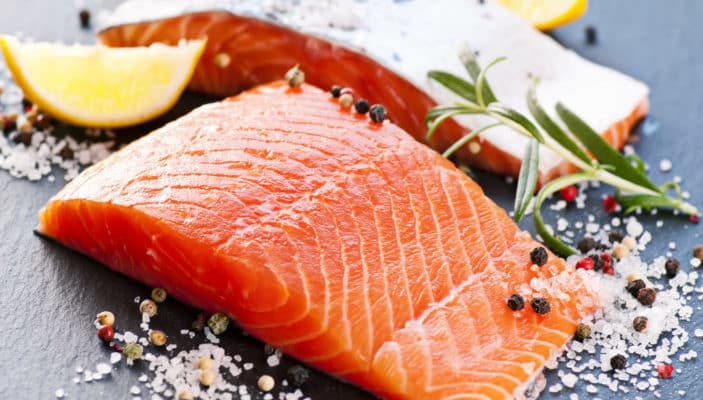
Episectomy is known as a preventive measure of vaginal tear at birth. However, is this really a good solution?
Recent studies have confirmed that episiotomy is harmful whether or not the vagina is torn. An episiotomy is not as good as vaginal lacerations caused by natural labor force. The most serious tear is an episiotomy. Here are tips that can help prevent or minimize vaginal tears during childbirth.
Supplement the necessary nutrients
Adequate nutrition and hydration are important for tissue health and elasticity. Good nutrition is an important factor for the body to prepare for a prolonged birthing period. The hormonal changes during pregnancy cause the tissues of the cervix and perineum to become extremely thick and elastic. Pregnant mothers should add short-chain fatty acids, including two types of beneficial fats, omega-3 and omega-6. Short-chain fatty acids are found in nuts and seeds, cold pressed oils, all types of beans and fish (such as salmon and tuna).
In addition, mothers should get at least 1,000 mg of vitamin E per day. Food sources of vitamin E are wheat germ oil, sunflower seeds, almonds, peaches, safflower oil, peanuts, corn oil, soybean oil, and lobster.
In addition, vitamin C is also very beneficial for tissue, cell stability, elasticity and resilience of the body.
Finally, there are bioflavanoids, which are the compounds that give off the orange color of oranges, blueberries and the red color of cherries. There are more than 4,000 types of flavonoids, they are not really vitamins, although sometimes referred to as vitamin P. Flavonoid content is found in many foods and herbs with medicinal effects. The most famous flavonoids are PCOs (proanthocyanidins), quercetin, citrus bioflavanoids and green tea polyphenols.
Some foods rich in flavonoids are blueberries, cherries, citrus fruits, pears , grapes, cabbage, beans, plums and onions.
Born with special poses
Water birth is recommended due to its good mechanical properties. The mother will emerge in a naturally relaxed position. Warm water will soothe and reduce pain and, more importantly, there are very few cases of vulvar tearing during water birth.
In addition, the squatting position (on the bar or in bed with the support of the midwife) also helps to reduce the tearing of the vulva. This pose shortens the length and increases the diameter of the vulva. In addition, lying on your left side also helps most women reduce the likelihood of vaginal tearing.
You should avoid the following positions and movements, as these can cause tearing of the vulva:
Lie on your back, including both standing and sitting posture;
Legs wide open - lying or back leaning;
Coached pushing.
Notes during birth
Mother should push natural birth when the body feels like pushing or when the baby's head is reasonably low and mainly revolves around the optimal direction to give birth. You should only push to deliver if you feel your baby's head pain pushing the nerves of the pelvic floor.
Stop pushing and simply breathe rhythmically to wait for the baby to release when the baby's head has been pushed through the pelvis and begins to stretch the perineal area.
Perineal massage
This is also considered a useful measure. Research shows that up to 24% of women who massage each day do not have vaginal tears at birth, while only 15% of those who do not massage the episiotomy. The episiotomy is very useful for pregnant mothers both mentally and physically.
To do this, pregnant mother or husband put 1-2 fingers in the vagina about 3–6 cm. You should use almond oil, pure vitamin E oil, wheat germ oil, or other lubricating oil.
Operations:
Gently pull on the lower part of the vagina, pulling on the perineum until you feel some heat or a stinging sensation for a few minutes;
Focus on relaxing the tissue through stretching, then gently massage the lower vagina with your thumb for a few more minutes.
Hopefully these tips can help minimize the tearing of your vulva during delivery. Wishing you and your baby "round mother square child".












